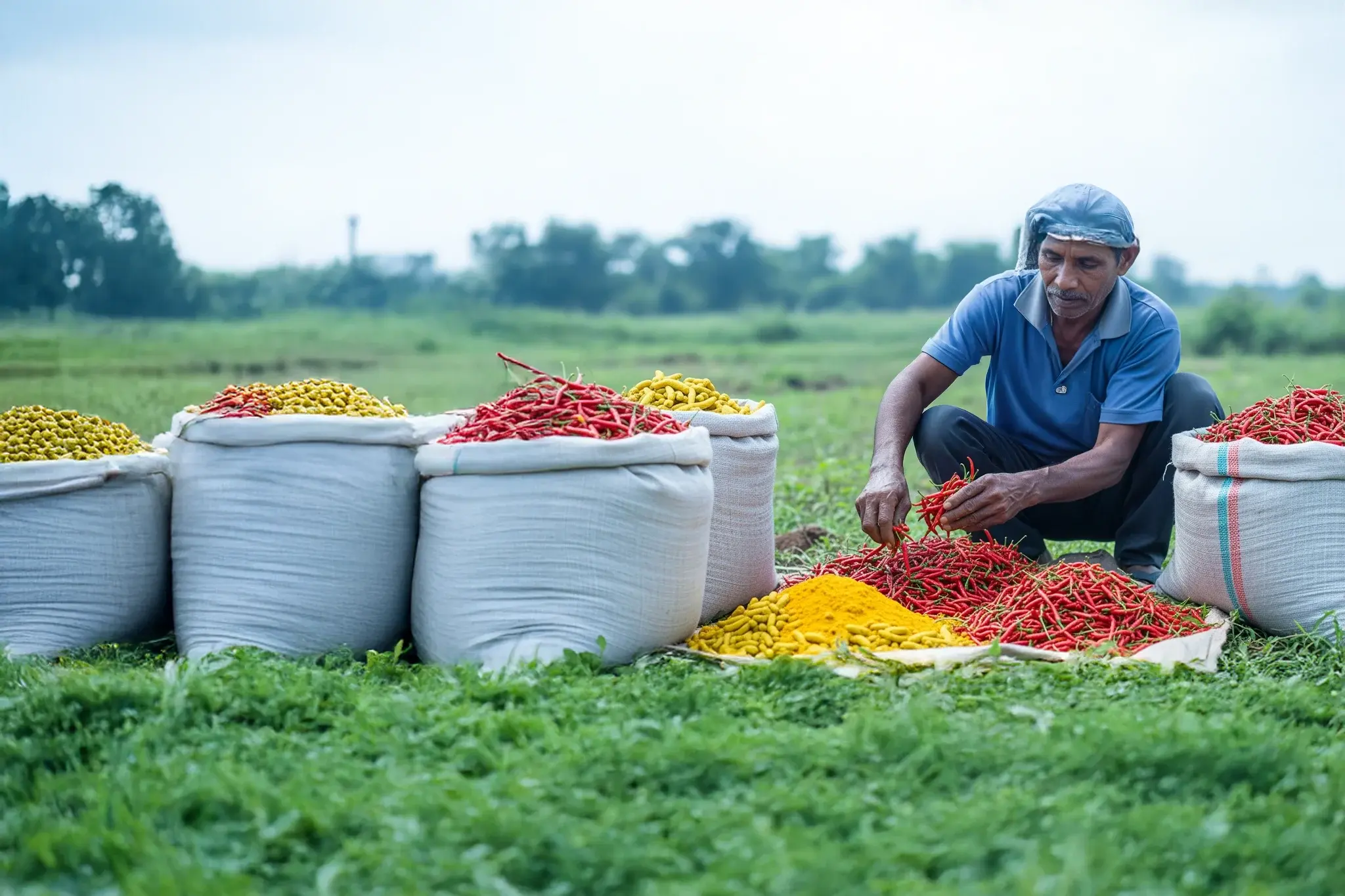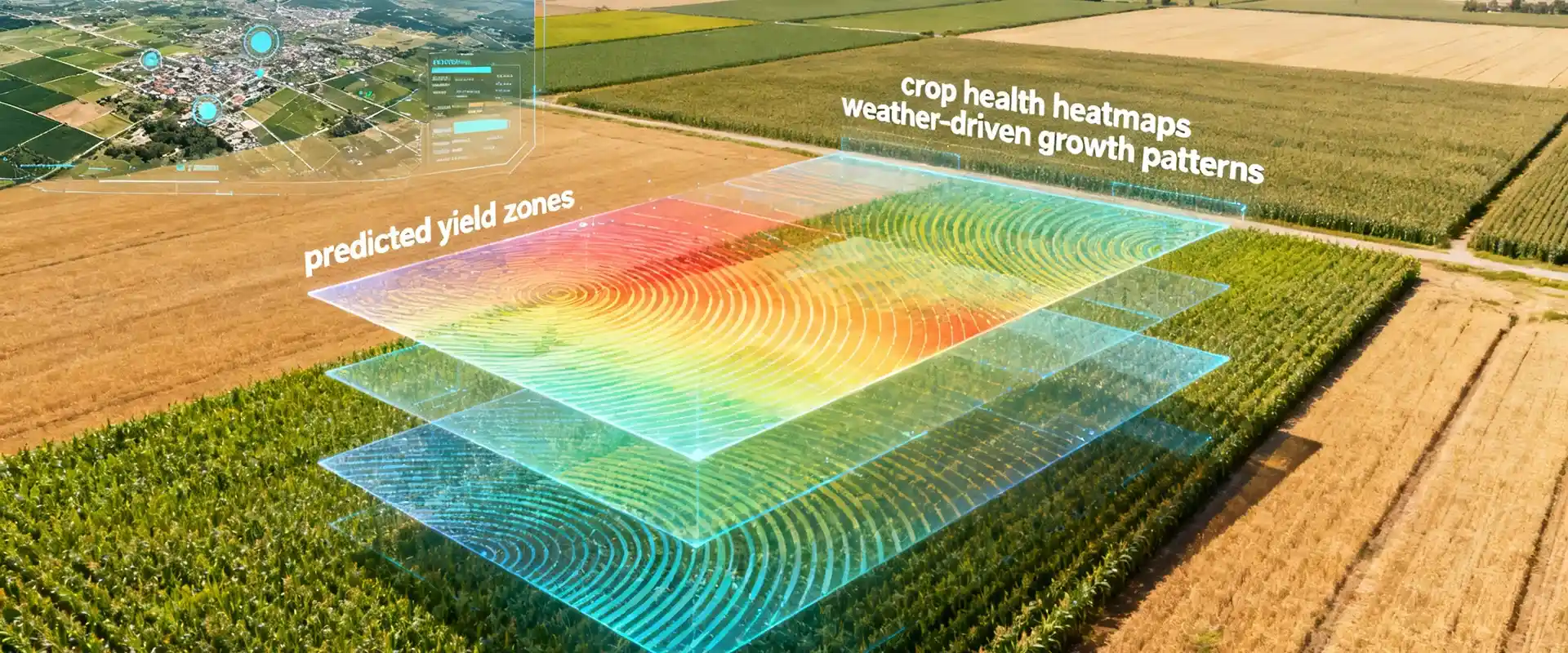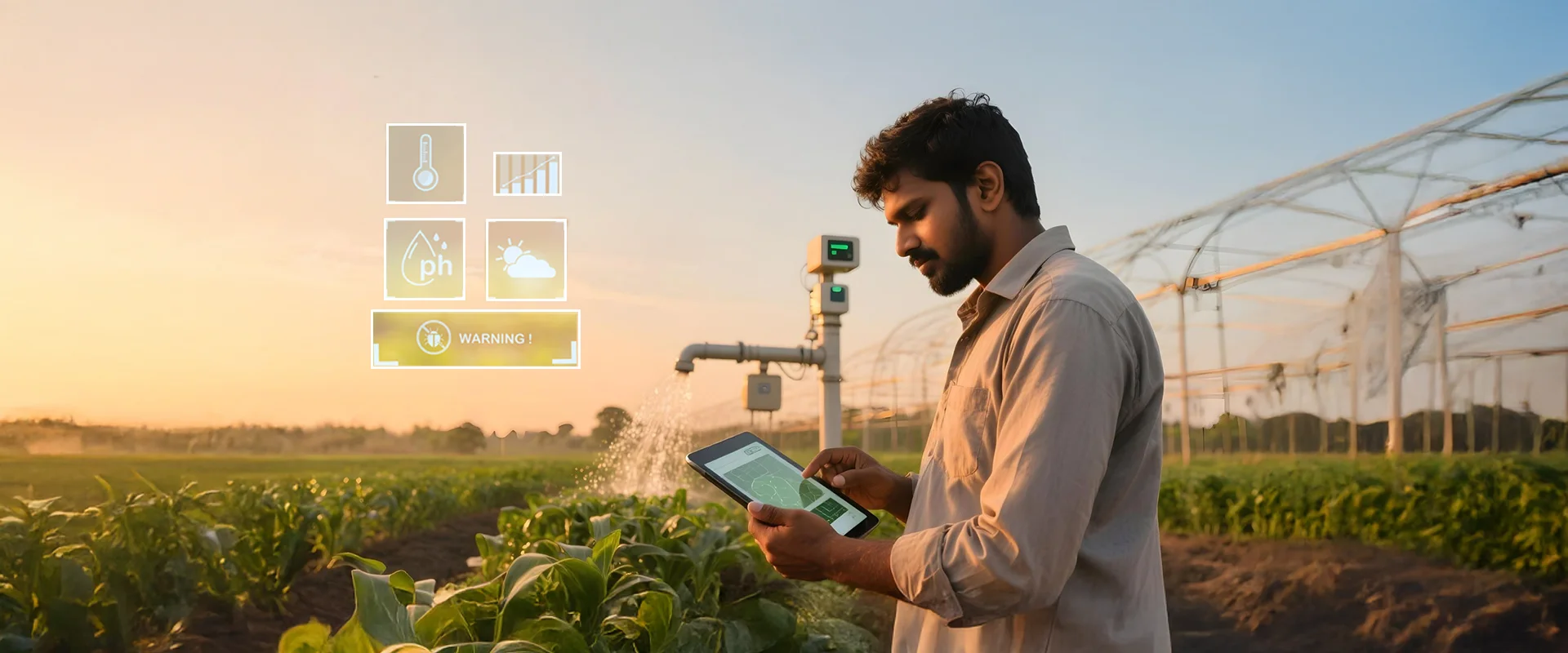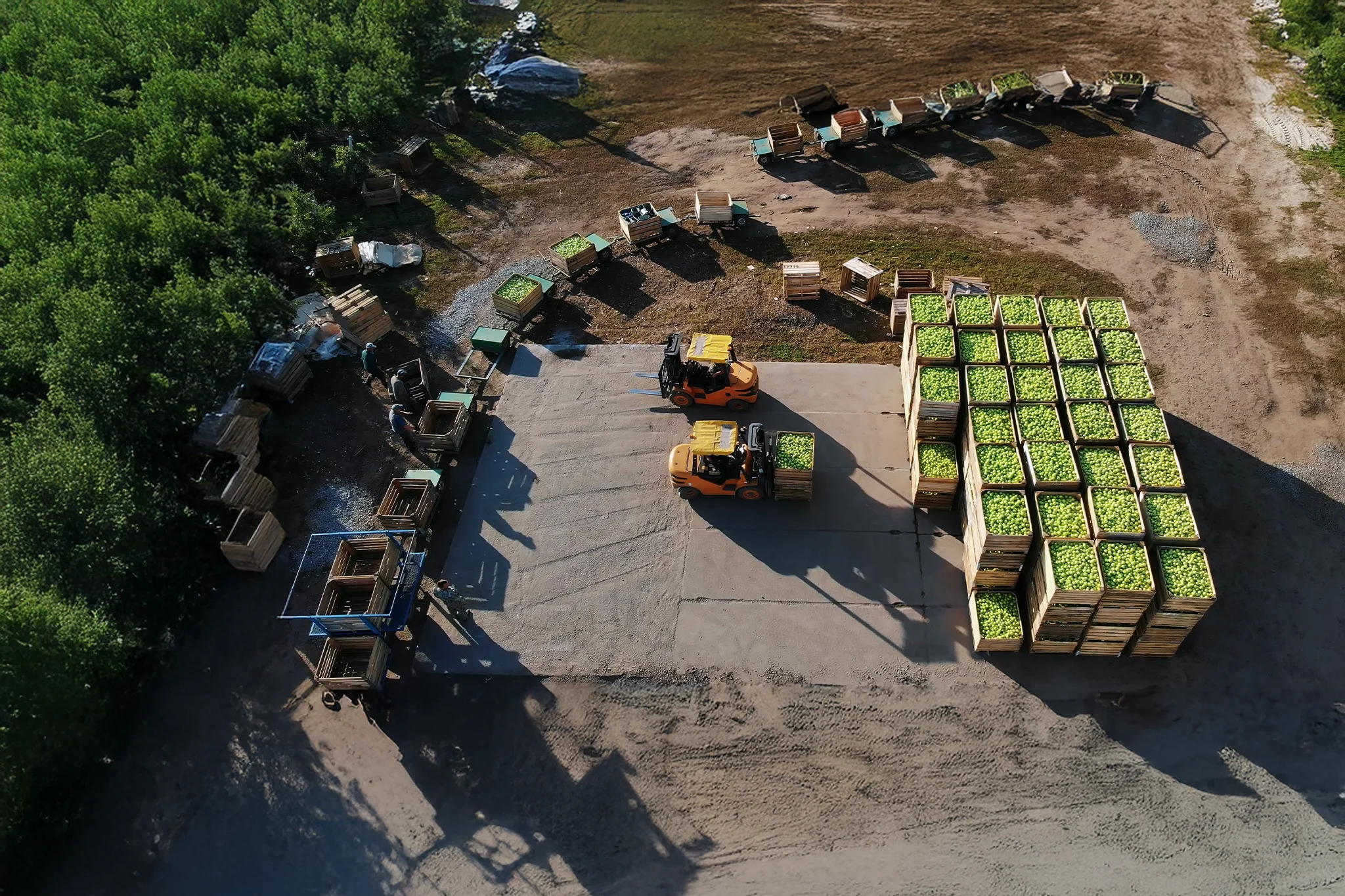Traceability simply translates into ‘going back to roots’; it is the backward integration of information. It means the ability to track food that will be used for consumption through all stages of production, processing, and distribution. Traceability is a way of responding to and mitigating potential risks that can arise in food (or in this case spices) production and distribution, hence ensuring that it is safe for consumption. This blog post delves into the challenges faced during overseas shipping, exports, and certifications, and the solutions to overcome them.
Food labeling and barcoding are just the beginning.
In agri-businesses, traceability in agriculture is a complex issue; even more so when it comes to spices. Spices, such as dried seeds, fruits, berries, leaves, roots, or bark of plants grown as herbs, shrubs, climbers, cumin, chilli, black pepper, oregano, ginger, and cinnamon are the most common tradable spices that are widely used to enhance food flavors across the world.
With an exploding population rate, it becomes difficult to keep a check on food productivity as farmers resort to pumping their fields with an alarming rate of pesticides. In 2019, the spice market expected to grow at a CAGR of 5.1%, compelling the spice industry to look for avenues that can provide sustainable alternatives and enable precision farming to curtail food contamination/crop loss.
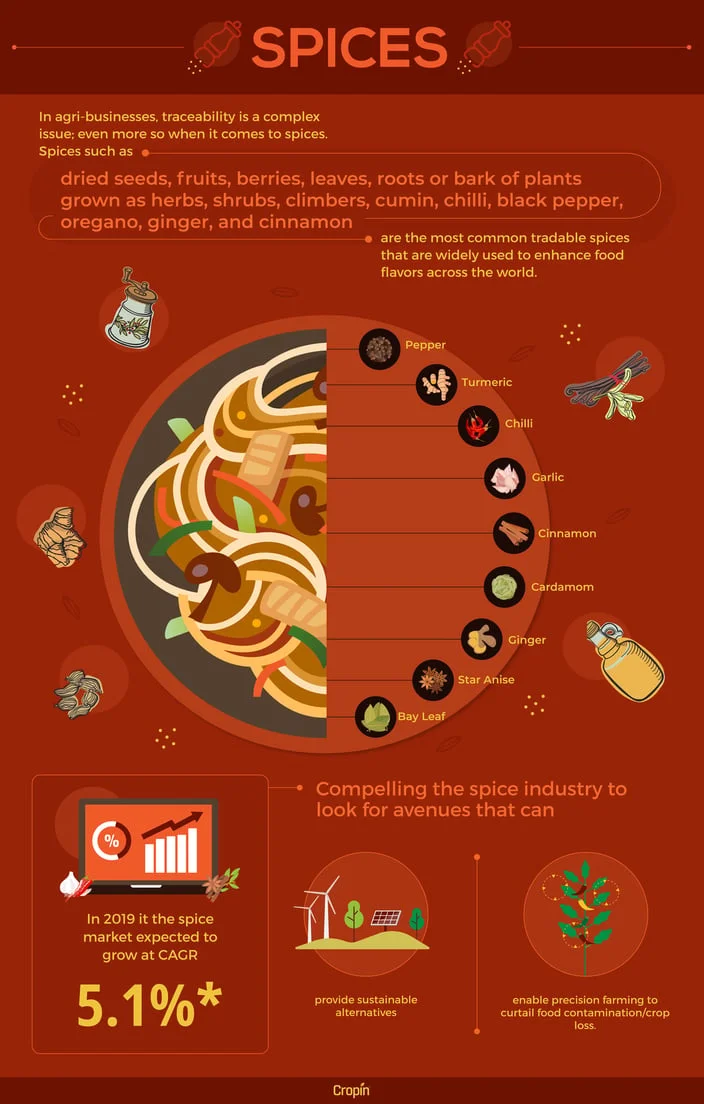

So, what needs to be done?
Why opt for ‘Traceability’ in the first place?
- Traceability can be added to the value chain of farming via farm analytics and OQ coding of the agriculture produce, thus helping organizations and/or farmers adhere to various certificate compliances globally.
- A system not only determines the traceability of farm produce but even helps in early decision making due to harvest prediction and follow-ups on the package of practices defined for agriculture and monitored through the web and mobile applications.
- It helps monitor management cost, operational efficiency, and market expansion for companies due to processes followed which are transparent and defined.
- Traceability solutions help remove out-of-date product losses, lower inventory levels, and raise the effectiveness of logistics, and distribution operations.
- Improved customer confidence also helps with branding and improved brand equity through word of mouth within the industry.

Implementation challenges in a prominent indian spice company
Cropin’s farm management solution SmartFarm provides a comprehensive idea of the farmers and plots registered along with the acreage. The company onboarded close to 4,200 farmers on Cropin’s platform to digitally monitor and manage two crops, cumin and chilli, spread across 24,000 acres of land across four states of India. Customized reports were also provided based on field observations to help the management take real-time, insightful decisions.
How to better the spice value chain
SmartFarm, Cropin’s end-to-end farm management solution, was implemented to monitor the various farm activities leading up to harvest. The field team created complete digital records of the farm and the farmer along with details regarding the crop in cultivation. The data collected from the farm is then saved in Cropin’s secure cloud platform, which can then be accessed by the key members of the company anytime, anywhere.
Overcoming challenges
To know if Cropin is the right fit for your organization, contact our Solutions Expert today!

